7 Low-Maintenance Indoor Houseplants That Are Hard to Kill
Previous PostBringing nature indoors is a trend that’s here to stay. Instagram is filled with plant care accounts that show us some valid and majorly invalid tips and tricks to make your houseplants thrive.
But what if you do not have the time to try all these tricks but still want your plants to stay happy and healthy? Well, the obvious answer is to get houseplants that need little to no daily care.
We all know that indoor plants not only enhance the aesthetic appeal of your home but also offer numerous health benefits. They improve air quality, boost your mood, and create a serene environment in different corners of your home.
However, maintaining houseplants can be a challenge for many, especially those with busy lifestyles or limited gardening experience. The good news is that several low-maintenance indoor plants are almost impossible to kill. Here are seven of the most resilient houseplants you can grow with ease.
Reasons Why Houseplants Can Die:

Before we dive into the list, it’s important to understand some common reasons why houseplants might fail to thrive. Houseplants can die for various reasons, often due to simple mistakes that we make without realising that each plant has different needs. Overwatering is a common issue, leading to root rot and fungal infections. On the other hand, under-watering can cause plants to dry out and wilt. Insufficient light, poor soil quality, and lack of proper drainage can also contribute to the demise of houseplants. Additionally, neglecting to clean dust off leaves and failing to monitor for pests can harm plants over time. Understanding these factors can help you create a thriving indoor garden.
7 Hard-to-Kill Houseplants for Indian Homes:
1. Snake Plant (Sansevieria trifasciata)

- Plant Characteristics: Also known as the mother-in-law's tongue, the snake plant is known for its upright, sword-like leaves that come in various shades of green with yellow or white edges.
- Why It’s Hard to Kill: Snake plants are extremely tolerant of low light and can survive with minimal water. They are also known for their air-purifying qualities, removing toxins like formaldehyde and benzene from the air.
2. Peace Lily (Spathiphyllum)

- Plant Characteristics: Peace lilies have glossy, dark green leaves and produce elegant white flowers that bloom periodically throughout the year in ideal growing conditions.
- Why It’s Hard to Kill: Peace lilies thrive in low to moderate light and only need watering once the top inch of soil feels dry. They also help improve indoor air quality by filtering out harmful pollutants.
3. Philodendron

- Plant Characteristics: Philodendrons have heart-shaped leaves and come in both vining and non-vining varieties. They are known for their lush, green foliage.
- Why It’s Hard to Kill: These plants are highly adaptable and can grow in various light conditions. They prefer to be watered when the top inch of soil is dry but can tolerate occasional neglect.
4. Jade Plant (Crassula ovata)

- Plant Characteristics: Jade plants have thick, fleshy leaves that store water, giving them a plump appearance. They can grow into small, tree-like structures and resemble a bonsai tree.
- Why It’s Hard to Kill: Jade plants are succulents that require very little water and prefer bright, indirect light. Overwatering is the most common mistake, so letting the soil dry out completely between waterings is best.
5. ZZ Plant (Zamioculcas zamiifolia)

- Plant Characteristics: Pothos, also known as devil's ivy, has trailing vines with heart-shaped leaves that can be variegated in shades of green, yellow, or white.
- Why It’s Hard to Kill: Pothos is one of the easiest plants to care for, thriving in low to bright indirect light. It can grow in water or soil and only needs watering when the soil is dry.
6. Pothos (Epipremnum aureum)

- Plant Characteristics: Pothos, also known as devil's ivy, has trailing vines with heart-shaped leaves that can be variegated in shades of green, yellow, or white.
- Why It’s Hard to Kill: Pothos is one of the easiest plants to care for, thriving in low to bright indirect light. It can grow in water or soil and only needs watering when the soil is dry.
7. Aloe Plant (Aloe vera)

- Plant Characteristics: Aloe vera has thick, fleshy leaves filled with a gel that is often used for its medicinal properties, both in Nani’s recipes and in cosmetic industries.
- Why It’s Hard to Kill: Aloe plants prefer bright, indirect light and can go weeks without water. They are succulents, so overwatering is their biggest enemy. Allow the soil to dry out completely between waterings.
Easy Houseplant Care Tips:

- Light: Understand the light requirements of your plants and place them accordingly. All of the plants mentioned above can thrive in low to moderate light.
- Watering: Overwatering is a common mistake. Always check the soil moisture before watering and let the soil dry out between waterings. Poke the top one-inch layer of soil with your fingers to get a better idea of soil moisture.
- Soil: Use well-draining soil to prevent waterlogging and root rot. For succulents and cacti, a specialised soil mix is recommended.
- Cleaning: Dust the leaves of your plants regularly to ensure they can photosynthesise effectively. This also helps to keep pests at bay.
- Fertilizing: During the growing season (spring and summer), feed your plants with a balanced, natural fertiliser once a month like kitchen waste compost, vermicompost, eggshells etc.
Incorporating low-maintenance houseplants into your home is a great way to enjoy the benefits of indoor gardening without the stress. These hardy plants can survive a range of conditions and require minimal care, making them perfect for beginners and busy individuals alike.
So go ahead and get these houseplants for your home and enjoy their serene greenery all year round.


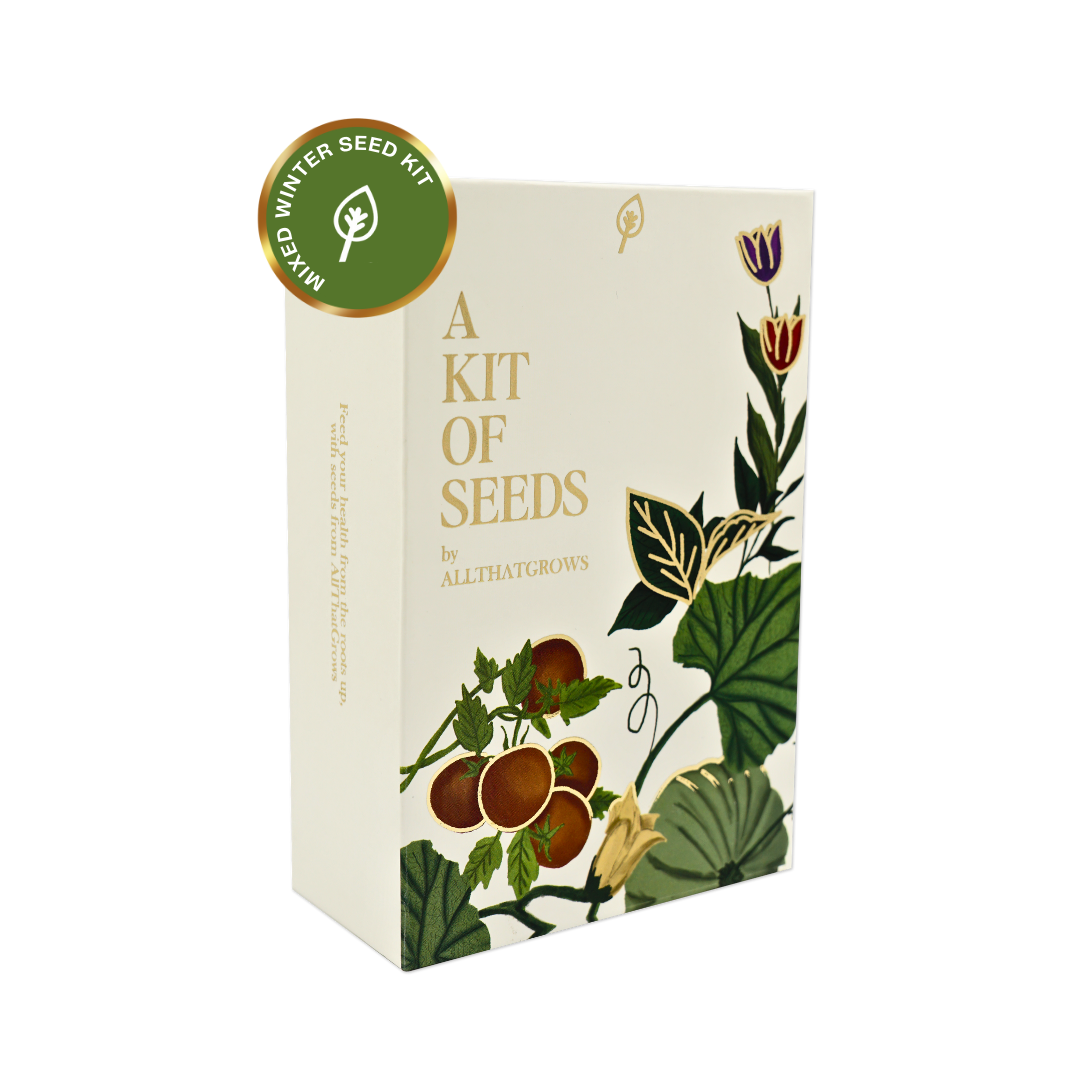



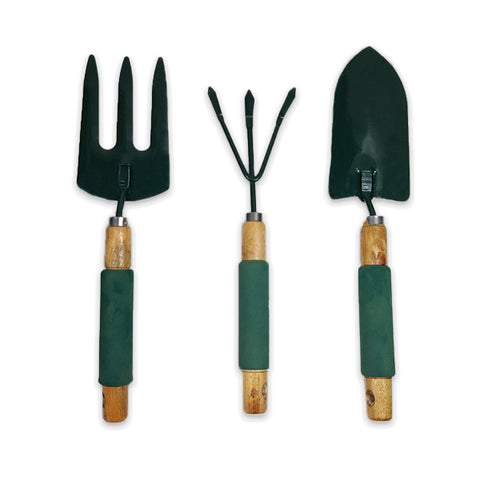
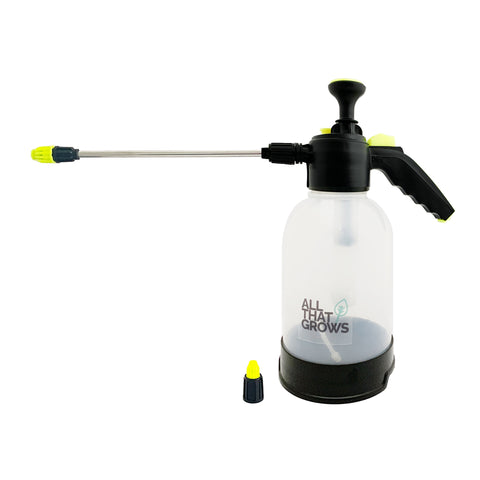

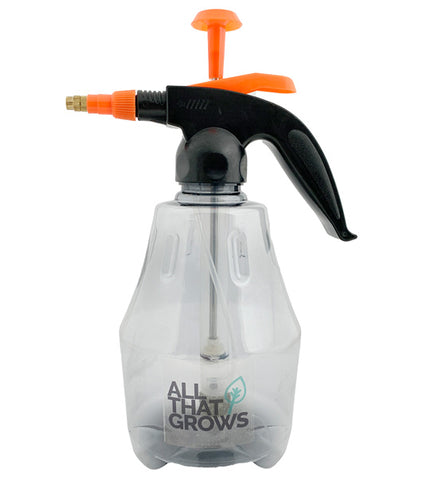
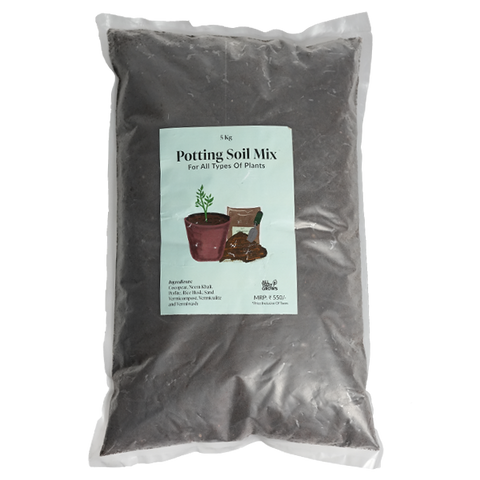
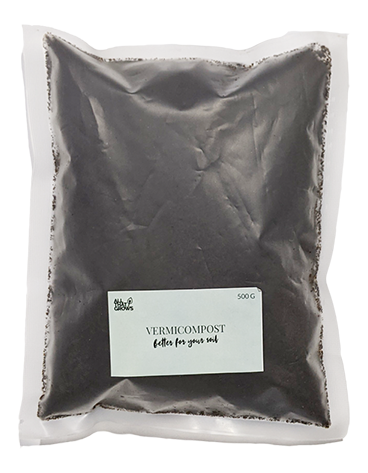
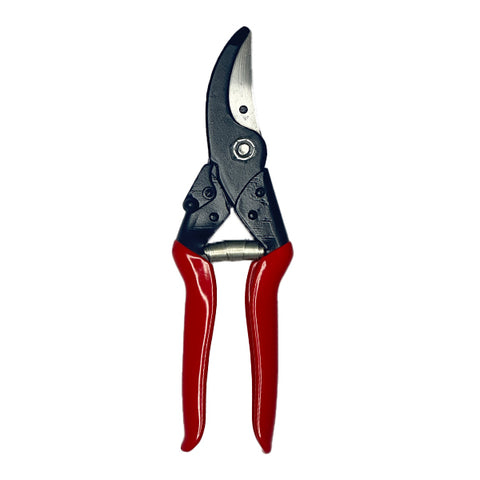
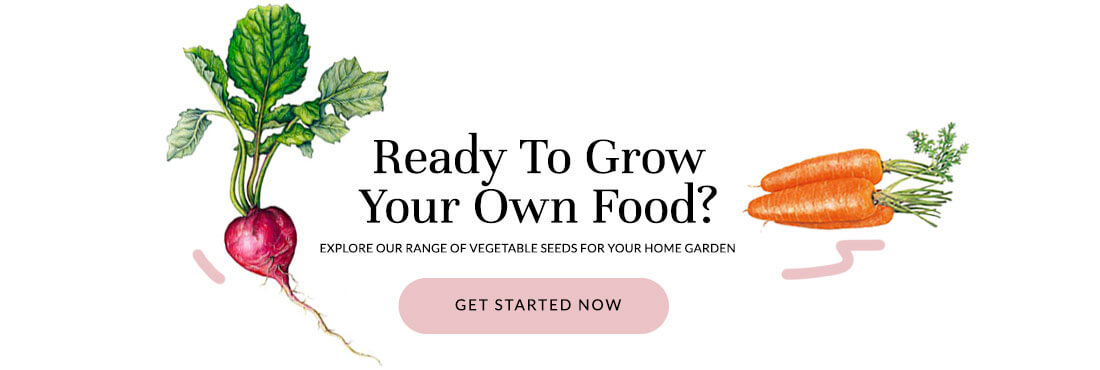

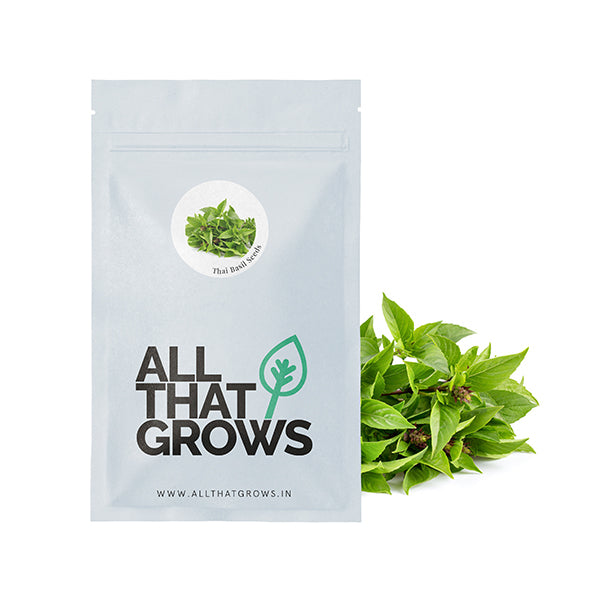
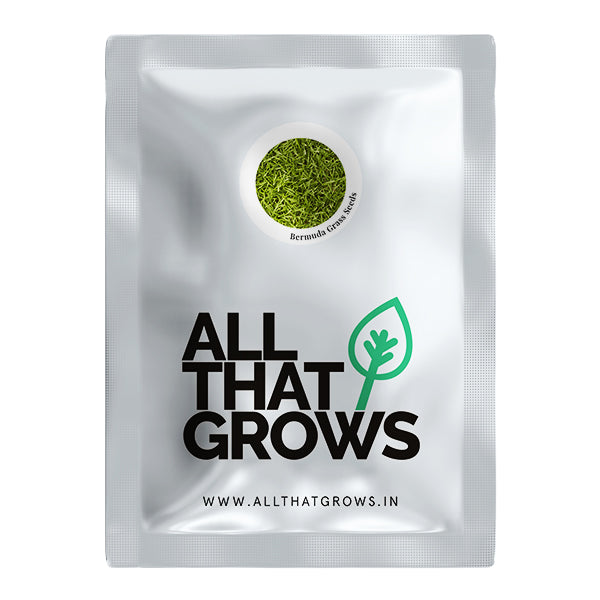
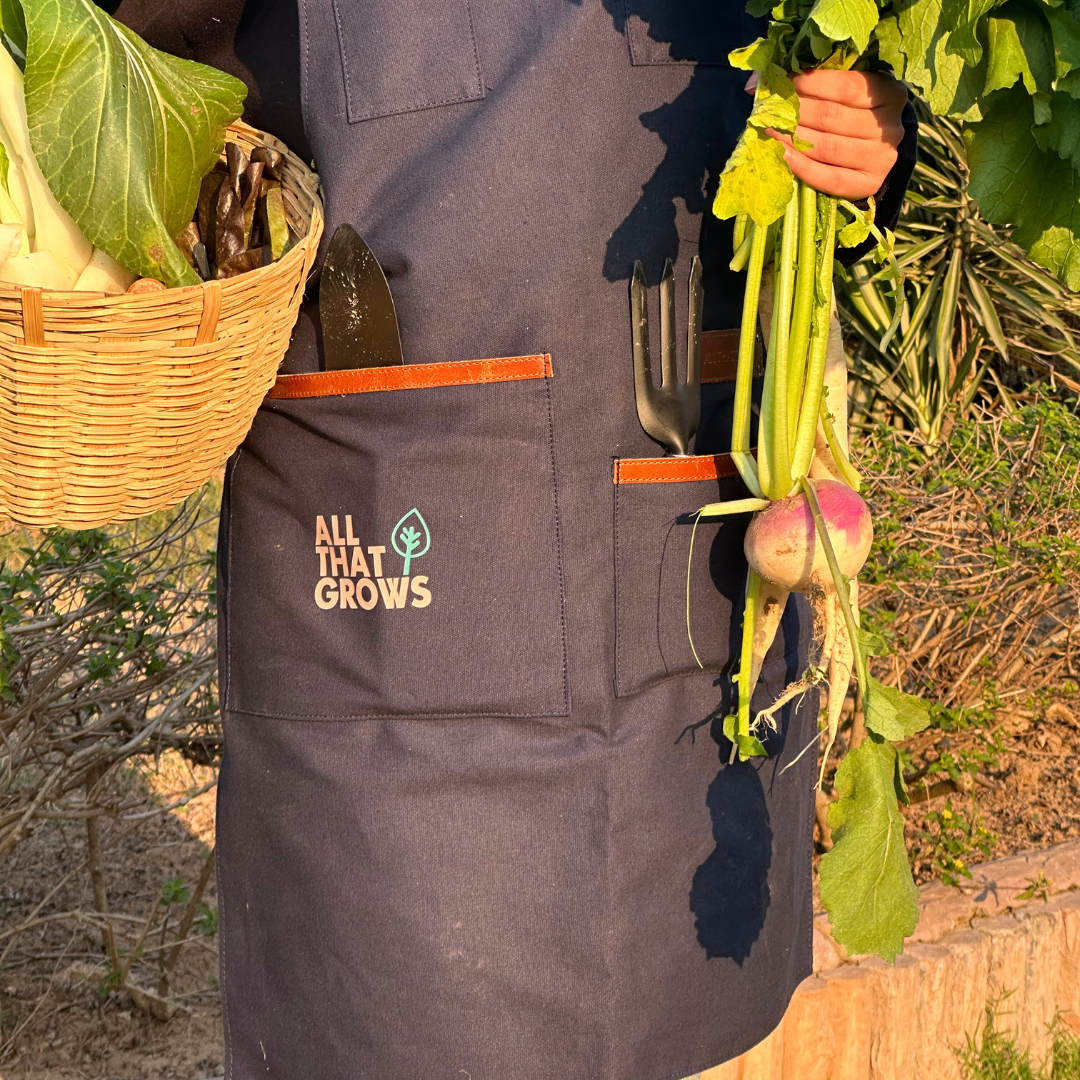

Leave a comment